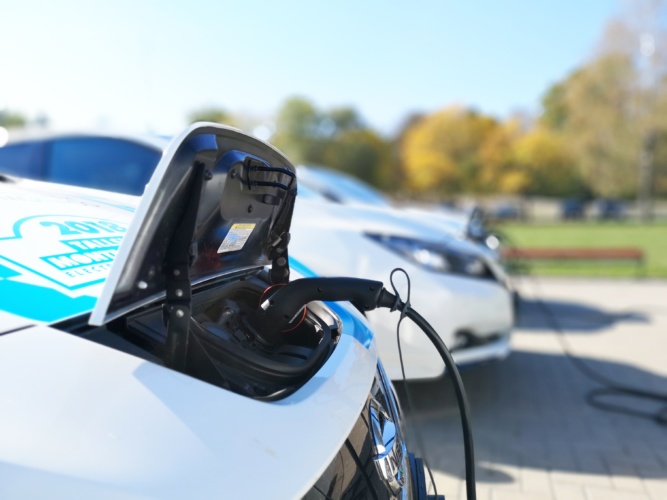
This is the claim of DuPont which has introduced Kevlar MicroCore, a material described by the company as ‘a unique, high-temperature-resistant, super fine fibre material.’
Graphene aerogel sponge promises battery boost
Unlike other materials currently used in battery separators, the new solution is claimed to be ‘inherently non-flammable’, will not shrink – even at 300°C – and has demonstrated better lithium-ion transfer abilities in the battery separator.
In a statement, Carlo Fiorella, global market manager, DuPont Automotive, said: “New Kevlar MicroCore is the latest example of DuPont’s core role in electrification and providing innovative solutions that will help advance sustainable mobility.
“When used in battery separators, Kevlar MicroCore can help prevent the biggest safety issue for EV batteries - thermal runaway. Testing has shown that it may also enable EV batteries to charge faster and deliver higher acceleration power, addressing two key performance concerns for both consumers and EV manufacturers.”
DuPont is working in collaboration with Nippon Kodoshi Corporation (NKK), a Japanese manufacturer of separators for energy devices including lithium-ion batteries, to bring the benefits of this material to the market with NKK’s TopNove made with DuPont Kevlar MicroCore.
Researchers at Yamagata University in Japan have tested the safety and performance of NKK’s TopNove made with DuPont Kevlar MicroCore and preliminary results have shown that in certain conditions it performs better than incumbent separators, such as ceramic coated microporous film.
“With its unique combination of properties, we believe Kevlar MicroCore is a real game changer that will take EV batteries to the next level of safety and performance,” said Fiorella. “What’s more, similar improvements can be achieved for advanced technology battery systems in use across other industries, such as aerospace, defence, medical, industrial, transportation, utilities or other critical commercial applications.”




Glasgow trial explores AR cues for autonomous road safety
They've ploughed into a few vulnerable road users in the past. Making that less likely will make it spectacularly easy to stop the traffic for...